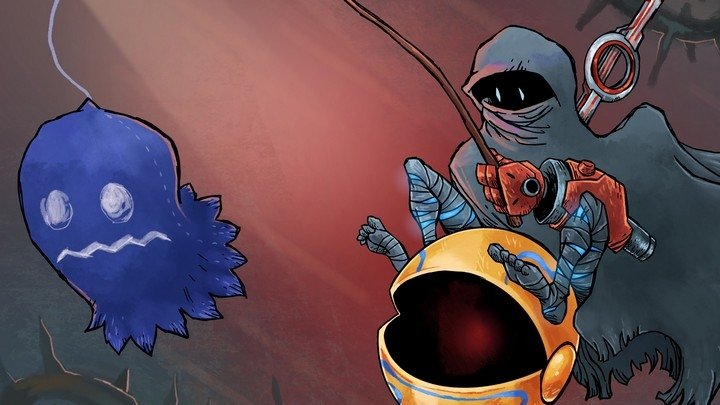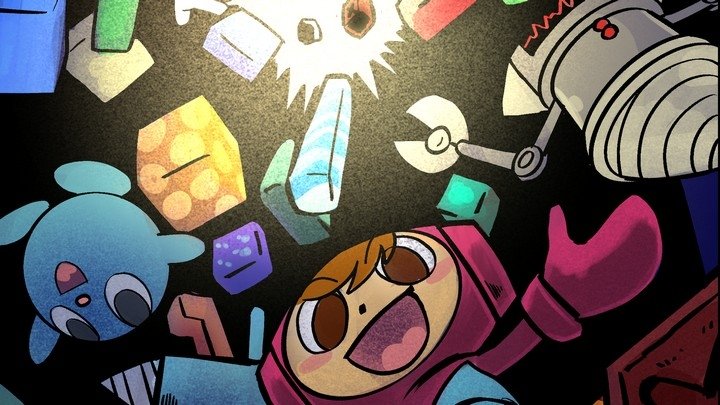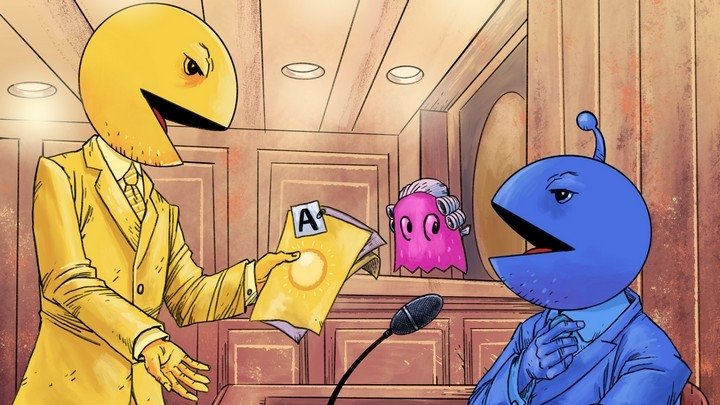30 years ago, Ninja Gaiden predicted the future of video games
The 8-bit classic was both of its time and ahead of the curve when it came to storytelling
Today we celebrate 30 years since Ninja Gaiden made its 8-bit debut in Japan, a landmark title we all played that somehow still doesn't get enough credit for everything it accomplished. By fusing dynamic, dramatic storytelling with non-stop (often punishingly so) action, Ninja Gaiden gave players in 1988 a preview of what the video game landscape would like in the 1990s.
To talk about Ninja Gaiden means to discuss two very different games with the same name which rolled out in various territories from late 1988 through early 1989. One was made for arcades and one was made for the Famicom/NES, and which one you saw first depended on where you lived. Japanese players' first experience with Ninja Ryukenden (the local title for the series until the Xbox era) came on December 9, 1988. Americans likely saw the arcade game first earlier that fall, so when Ninja Gaiden came to NES in 1989 the box hyped it as an "arcade hit." But the fact is that the two games were made separately by Tecmo under different directors and have remarkably little in common besides a titular ninja.
(If you lived in Europe, you might know these games as Shadow Warriors because heaven forbid children see the word "ninja")
Hideo Yoshizawa, who directed the original 8-bit game, said in an interview this year that he was told to make his own game for the Famicom under the same name because the president of Tecmo "believed [ninjas] were hugely popular overseas at the time." But when Yoshizawa thought of ninja, he pictured "skilled warriors jumping up walls quickly and stealthily, which was a contrast to what the arcade division was doing." So despite the popularity of beat-em-ups at the time, 8-bit Ninja Gaiden plays more like a turbo-speed version of Castlevania. Ryu Hayabusa is perpetually running and kills every standard enemy in the game with a single sword-slash. Indeed, given that Ryu's most powerful subweapon lets him tear through enemies with a somersault, he has more in common with Samus Aran than Simon Belmont (minus her vertical leap).
Ryu's speed in Ninja Gaiden isn't merely a stylistic choice, it's the best way to survive the game's relentless foes. Enemies in Ninja Gaiden spawn in specific locations, but there is no limit to the number of times they can spawn at that location. That means cautious players can trap themselves in a loop where a particular foe spawns at the edge of the screen repeatedly. The most notorious of these are the birds which fly directly at Ryu and chase him forever until slain; running ahead reduces the chances they have to attack as scrolling the screen can cause them to despawn just as quickly as they spawned.
Yet the most revolutionary feature of Ninja Gaiden had nothing to do with the gameplay; rather, it was the parts in-between that made the game stand out. In Japan, Ninja Gaiden was the second "Tecmo Theater" title that relied on manga/anime-style cutscenes to detail the plot in ways the action portions could not. RPGs and RPG-like games had plenty of crawling text, even in the 8-bit age, but Ninja Gaiden's story scenes combined music and perspective that made the limited animation seem like a full-motion cartoon. The most dramatic of these scenes is the introduction featuring a high-flying ninja duel in a grass-covered field which players only see if they put in the cartridge and do nothing.

Ninja Gaiden was not the first to use such "cinema display scenes," as Nintendo Power would call them, but many of the previous games on consoles were tied to existing comic or cartoon properties, precious few of which were known in the US. Case in point, the first Tecmo Theater game (which preceded Ninja Gaiden by seven months) was Captain Tsubasa, based on the long-running soccer manga/anime. This game did not appear in the US until 1992 when it was stripped of its license, given generic "American" characters, and called Tecmo Cup Soccer Game.
Ninja Gaiden told an original story using the visual language of manga & anime just as those mediums were making their way to the States. As Ninja Gaiden was hitting store shelves in 1988/1989, Streamline Pictures was beginning to release major Japanese animated films on VHS cassettes abroad. I never heard the words "manga" or "anime" until I reached high school in the 1990s, but games like Ninja Gaiden had already charmed me into accepting them as cool. And Ryu Hayabusa taught me that sometimes, a question can be answered by an ellipses (I wouldn't learn who Golgo 13 was until years later, thanks to...Streamline Pictures' dub of The Professional).
Even the arcade version of Ninja Gaiden had its finger on one upcoming trend in video games: shocking violence. There's no gore in the action itself, as Ryu fights mostly with punches and kicks and even his sword does not draw blood. But when it was time to coax players to put in another quarter, they were subjected to a flat-out torture scene where the ninja was trapped and threatened by a circular saw as demons looked on with grins on their faces. Ninja Gaiden was followed in arcades by Tecmo Knight (aka Wild Fang), another game which featured conspicuous gore and a tense "continue or face death" countdown screen (the two arcade titles had the same director, H. Iijima aka "Strong Shima").
Whichever incarnation suited your particular tastes, video game fans are lucky that the arcade Ninja Gaiden and the 8-bit Ninja Gaiden have almost always been available to fans. Both versions were featured on Nintendo's Virtual Console, and the 8-bit version is being added to the Nintendo Switch Online collection of NES games this month. Personally, I'm less interested in celebrating an arcade game that left me with a deep emotional trauma (no, seriously, I had to describe that game over scene to my therapist), so I will rejoice in playing the NES Ninja Gaiden for free this week until those accursed birds sap me of all patience and decorum.



